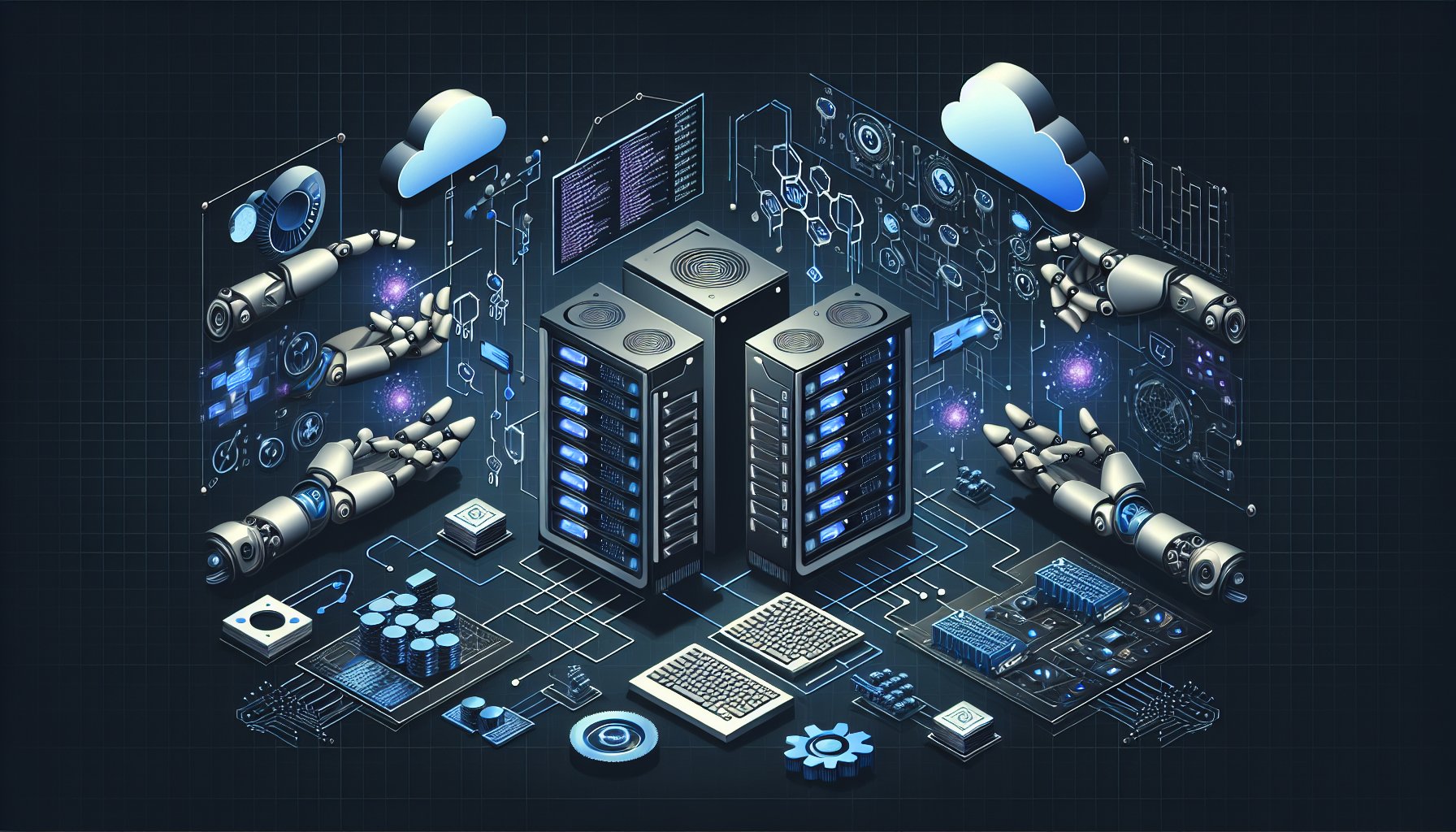Introduction
The world of software development is continuously evolving, and DevOps practices are at the heart of this transformation. DevOps, a combination of development (Dev) and operations (Ops), is all about automating and improving the process of software delivery and infrastructure changes. In this blog post, we will explore the latest trends and best practices in DevOps, focusing on Infrastructure as Code (IaC), Continuous Integration/Continuous Delivery (CI/CD), and microservices.
Infrastructure as Code (IaC)
Infrastructure as Code (IaC) is a key DevOps practice that involves managing and provisioning computer data centers through machine-readable definition files, rather than physical hardware configuration or interactive configuration tools. IaC is essential for managing complex IT infrastructures.
# Example of a Terraform script for provisioning a virtual machine
resource "azurerm_virtual_machine" "vm" {
name = "myVM"
location = "West US"
resource_group_name = "myResourceGroup"
network_interface_id = "${azurerm_network_interface.nic.id}"
vm_size = "Standard_D2s_v3"
}
Continuous Integration/Continuous Delivery (CI/CD)
Continuous Integration/Continuous Delivery (CI/CD) is a DevOps practice that involves regularly integrating code changes into a central repository, and then automatically testing and deploying these changes. This approach allows teams to detect issues early and deliver software more quickly and reliably.
# Example of a Jenkins pipeline script for CI/CD
pipeline {
agent any
stages {
stage('Build') {
steps {
echo 'Building..'
sh './gradlew build'
}
}
stage('Test') {
steps {
echo 'Testing..'
sh './gradlew test'
}
}
stage('Deploy') {
steps {
echo 'Deploying...'
sh './gradlew deploy'
}
}
}
}
Microservices
Microservices is a design approach where a single application is built as a suite of small services, each running in its own process and communicating with lightweight mechanisms. This architectural style is a key component of modern DevOps practices, enabling the independent deployment of service components and improved scalability.
# Example of a microservice implemented in Node.js
const express = require('express');
const app = express();
app.get('/api/orders', (req, res) => {
// Fetch orders from database
});
app.listen(3000, () => console.log('Orders service listening on port 3000!'));
Conclusion
DevOps practices such as Infrastructure as Code (IaC), Continuous Integration/Continuous Delivery (CI/CD), and microservices are transforming the landscape of software development. By adopting these practices, organizations can enhance their software delivery process, improve operational efficiency, and stay ahead in the ever-evolving tech landscape. As we move forward, these practices will continue to evolve, and staying updated with the latest trends will be essential for success.
